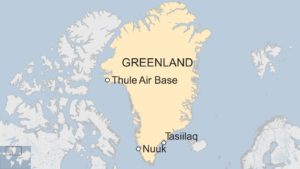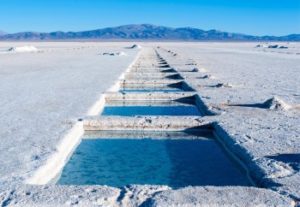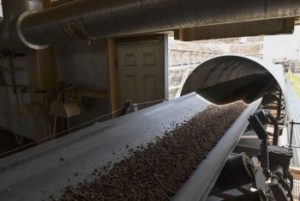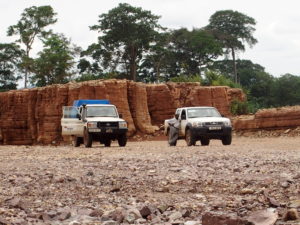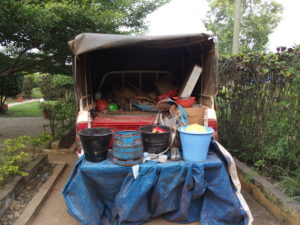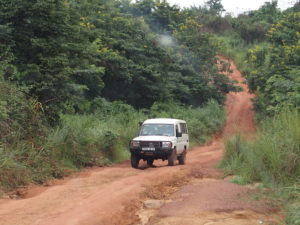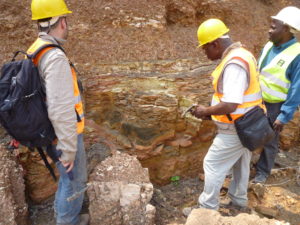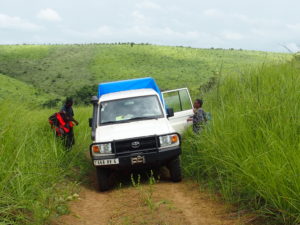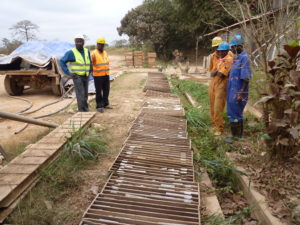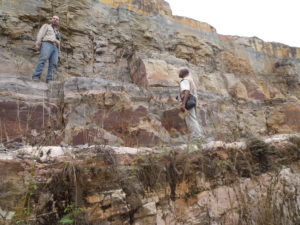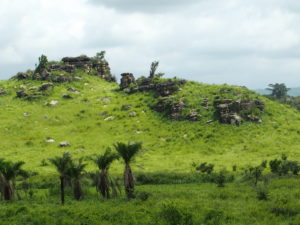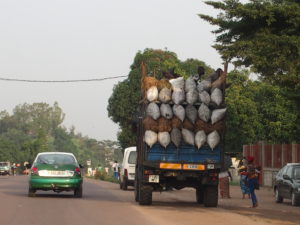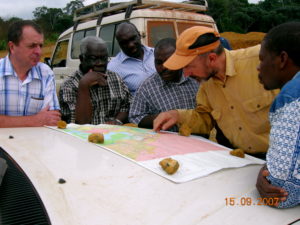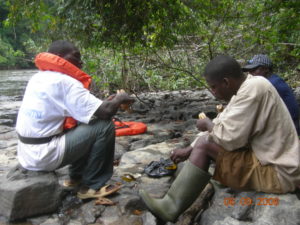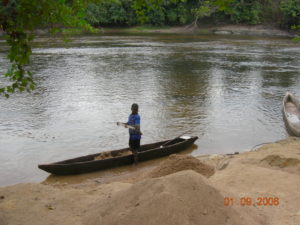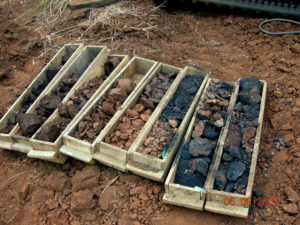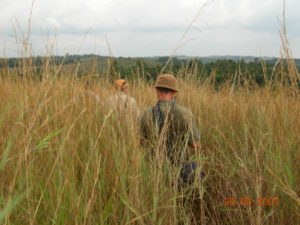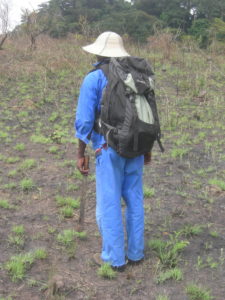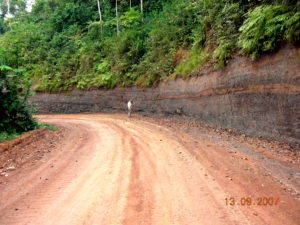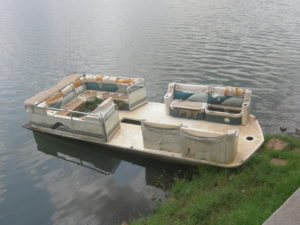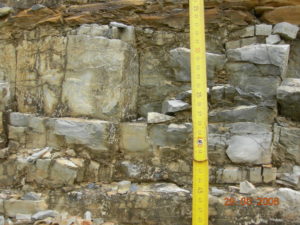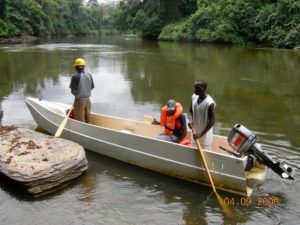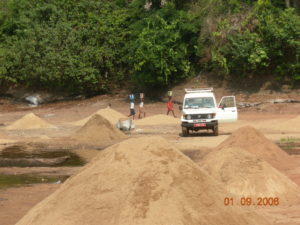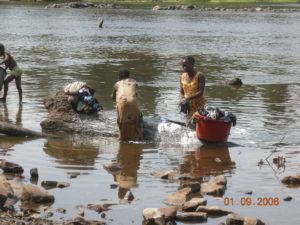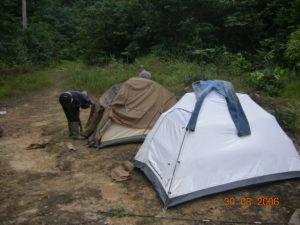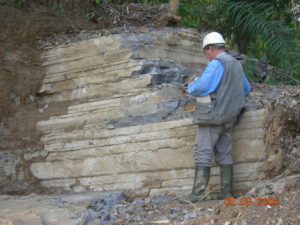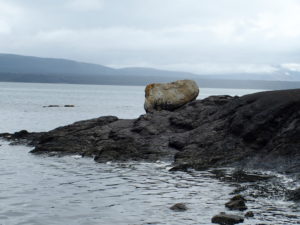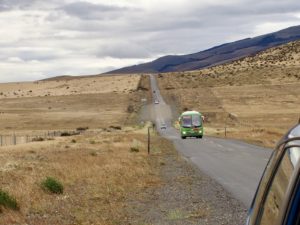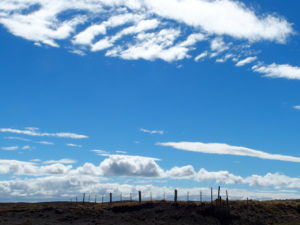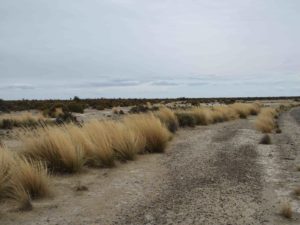by N. Mosusu et al., Dec 2023 in MDPI/Springer
Abstract
Geoscientists are involved in both the upstream and downstream side of the extractive industries. As explorationists and field geologists, they are often the first technical people related to extractive industries that communities meet. It is imperative in an increasingly globalized and holistic world that geoscientists gain greater awareness of the socio-economic impact of extractive industries and become a more proactive part of improving outcomes for all with respect to extractive industries. When Jigme Singye Wangchuk, the King of Bhutan, first suggested the concept of ‘Gross National Happiness’ (GNH) in 1972, it was met with widespread cynicism and puzzlement. Was the concept meaningful in a hard, economically competitive world? A series of measures, including the Human Development Index (HDI), the Gini Coefficient (GC), and the now annual World Happiness Report (WHR), are evolutionary responses to the 1972 GNH and are widely accepted as proxy measures of holistic human progress. These measures go beyond the narrow confines of Gross Domestic Product and similar economic proxies, placing economic parameters alongside the social, environmental, spiritual, human rights, health, and holistic societal issues. The broad conclusions of the plethora of metrics are that ‘happiness’ links to issues and ideas such as equity, minimal economic inequality, excellent governance, human rights, individual freedom, and so forth. We ask the question: what is the relationship between extractive industries (EIs) and GNH? We present a wide range of data and analytical diagrams/text examining potential correlations and associations between GNH and EIs. We examine potential relationships using global data and case studies for Papua New Guinea, Mongolia, the DRC, and Jamaica. The conclusions of this analysis of course suggest a complex relationship between EIs and GNH. We acknowledge that in situations of weak governance and institutions, EIs struggle to make any tangible difference with respect to GNH. A counter conclusion that EIs may even be a major cause of weak governance, which in turn suppresses happiness, must be seriously considered. We document examples where EIs have made a definitive positive improvement to GNH. Data suggest that hydrocarbon-rich countries have made better progress with respect to GNH than mineral-rich countries. However, the main conclusion is that the link between EIs and GNH remains a work in progress, and that a narrow focus on profit and shareholder return is an antithetical approach to the GNH paradigm. A key recommendation is that industry must adopt a far more active role (rather than merely a passive role) with respect to translating the many potential benefits of EIs into GNH than has hitherto been the case.
Keywords:geoscience; happiness; extractive industries; governance; minerals; hydrocarbons
1. Introduction: How Can We Possibly Measure National Happiness? What Is the Relevance for Geoscientists?
…

